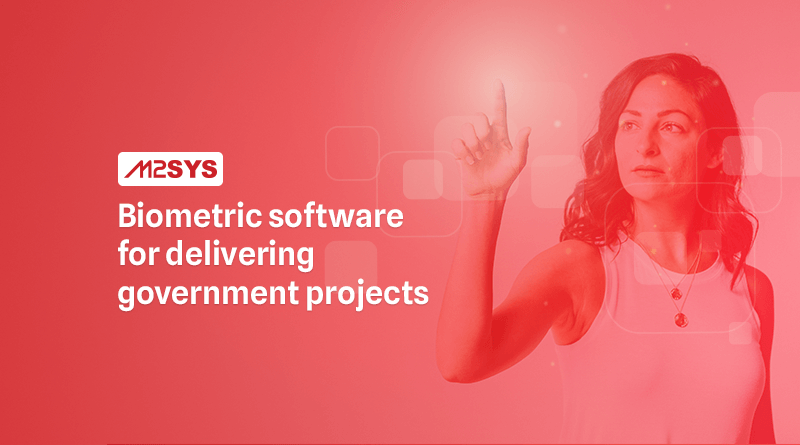Types of Biometric Software You Need for Delivering Government Projects
Government projects are one of the most complicated ones to deliver as you might need different types of biometric software. Do not try to develop all the biometric software for the project. There is a high chance that you will never finish the project. Today we will look into the types of biometric software you might need for delivering government projects.
About biometrics software
A person’s identification may be validated or determined with the help of biometric software by analyzing physiological characteristics. These characteristics include fingerprints, irises, face recognition, and more. The process of matching a person’s biometrics data to a saved database is called biometric verification. A comparison made between the biometric information and the biometric traits that have been saved in the database is known as biometric identification. There is already a widespread availability of biometric software that can do both biometric verification and biometric identification.
Different types of biometric software
If you are doing a project for the government or any business organization these are the two types of biometric software you might need.
Biometric capture software:
A biometric capture software processes the data taken from a biometric scanner. The data can be from different types of biometric scanners like fingerprint, IRIS, face recognition, and more. M2SYS Cloud-Scanner™ application is an ideal example of biometric capture software. This software also works with all the top biometric scanners in the market.
Biometric matching engine:
A biometric engine is the core software that is responsible for managing the many pieces of hardware and components that make up a biometric system. The enrollment of the user, collection of their biometric data, extraction of that data, comparison of that data, and then matching of that data are all the responsibilities of the biometric engine. Cloud-ABIS is an example of a biometric matching engine that works with different biometric modalities.
Now depending on the modalities, you will find different types of biometric software. Such as:
- Fingerprint recognition software:
The first one is fingerprint. Fingerprint scanners are solid-state devices that use electrical capacitance to sense the ridges of a person’s fingerprint and produce a digital image; fingerprint recognition software is designed to work with fingerprint scanners. After capturing fingerprint photos, the data is compared to a database of verified identities. - Voice recognition software:
There is also voice-activated software out there. Automatic Speaker Verification (ASV) and Automatic Speaker Identification (ASI) are the two primary product categories (ASI). In addition, both forms of biometric software use a comparison of a person’s unique vocal traits to a database. - IRIS recognition software:
A person’s identification may be verified or established with the use of retina recognition software or iris recognition software by analyzing specific features of the eyes. An individual uses a lens to look at a target for alignment while using retinal recognition. - Facial recognition:
Commonplace as well as facial recognition software. The chin, eyes, eyebrows, lips, and nose are just a few of the facial characteristics that may be used by some varieties of this biometric software. In contrast, some biometric facial recognition software will examine the face in its entirety.
Biometric software for delivering government projects
Finally, imagine the hassle you have to go through if you have to develop all the software from scratch. I have not even mentioned software development that aims to automate any existing process. If you are looking for custom end-to-end turnkey solutions for all kinds of government projects, you can use the eGov platform by M2SYS. The solution is ready to deploy and can also be customized to meet the needs of any government. Get in touch with us today to learn more about it!











